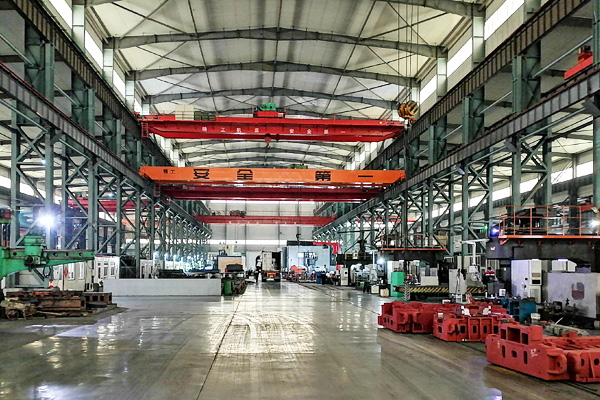Product Details
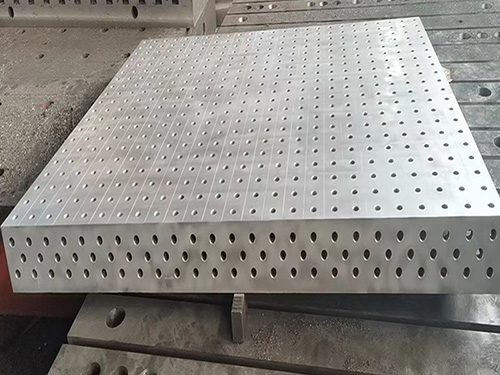






fabrication welding table
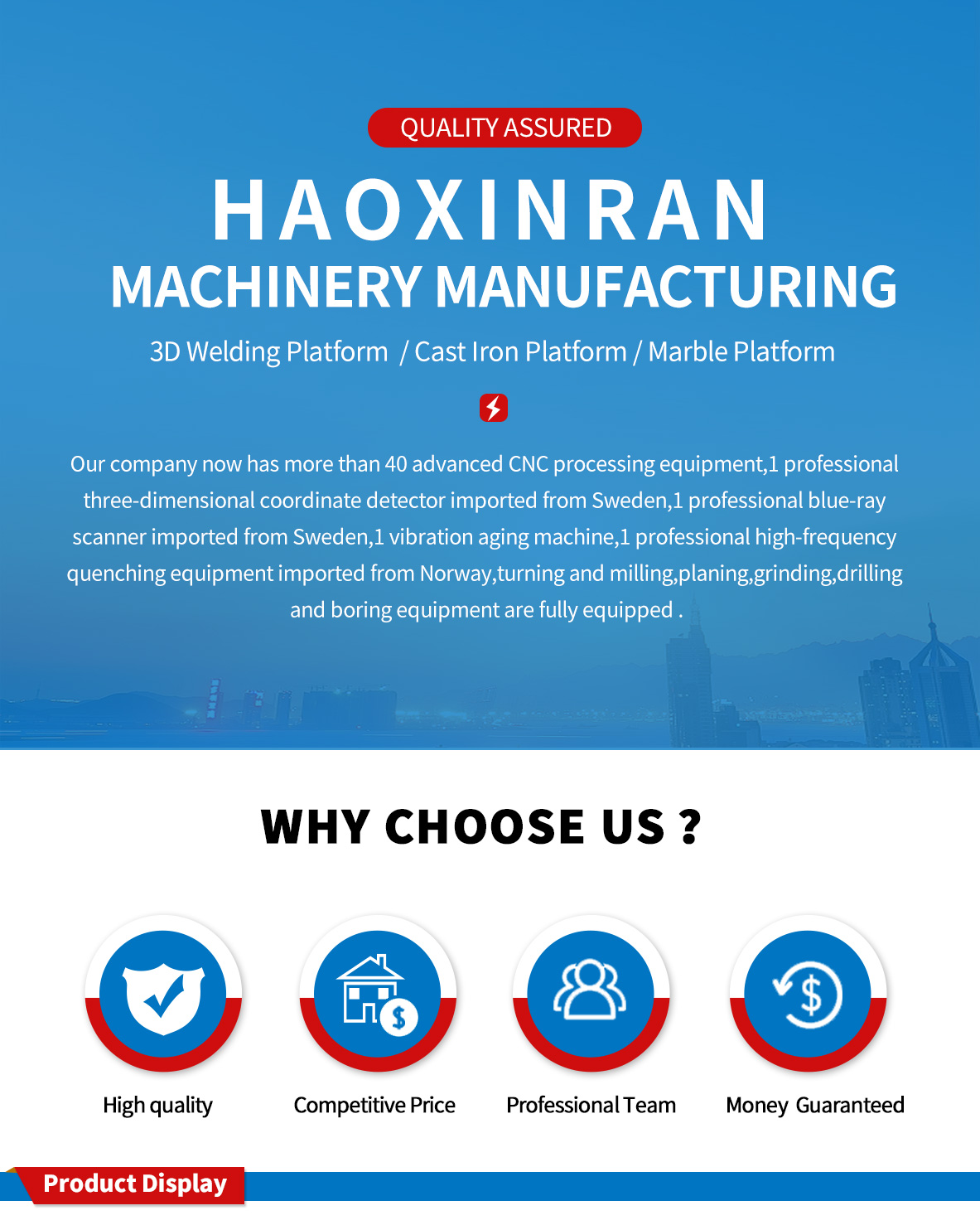
A fabrication welding table is a specialized work surface designed to facilitate the assembly and welding of metal components in fabrication processes. Here's a detailed overview of its features, applications, and benefits:
1. Key Features
Robust Construction: Fabrication welding tables are built to withstand heavy loads and the rigors of industrial use. They are typically constructed from high - strength steel, such as carbon steel or stainless steel. The use of thick steel plates for the tabletop and sturdy steel frames or legs ensures durability and stability during welding operations. For example, a tabletop thickness of 1/2 inch or more is common in heavy - duty fabrication tables.
Flat and Stable Surface: The tabletop is precision - machined to achieve a high degree of flatness. This flat surface is crucial for accurate alignment and positioning of metal components during the fabrication process. A flat table helps prevent warping and distortion of the welded parts, ensuring that the final fabricated product meets the required dimensional specifications.
T - Slot or Grid Design: Many fabrication welding tables feature T - slots or a grid pattern on the tabletop. T - slots allow for the easy installation of clamps, fixtures, and other accessories. These slots run parallel and perpendicular to each other, enabling users to secure workpieces at various positions and angles. A grid - patterned table, on the other hand, provides a precise reference for layout and alignment, often marked with measurement scales for added convenience.
Reinforcement and Rigidity: To enhance the table's load - bearing capacity and resist deformation under heavy loads, additional reinforcement is often incorporated. This can include internal ribbing, cross - bracing, or gussets. Reinforcement ensures that the table remains stable even when large and heavy metal components are being welded, minimizing the risk of vibrations that could affect the quality of the welds.
2. Applications
Metal Fabrication Shops: In metal fabrication workshops, these tables are used for a wide range of tasks, including the construction of metal structures, such as frames, racks, and enclosures. They serve as a stable platform for cutting, shaping, and welding metal pieces together to create custom - made products according to client specifications.
Automotive Manufacturing: In the automotive industry, fabrication welding tables are employed for tasks such as welding car frames, chassis components, and custom - built automotive parts. The precision and stability of the table are essential for ensuring the structural integrity and fit of the components, which directly impacts the safety and performance of the vehicle.
Industrial Equipment Production: For the production of industrial machinery and equipment, fabrication welding tables are used to assemble large - scale components. Whether it's manufacturing heavy - duty conveyor systems, industrial boilers, or agricultural machinery, these tables provide a reliable surface for welding operations that require high precision and repeatability.
Prototyping and Custom Fabrication: When creating prototypes or custom - fabricated parts, fabrication welding tables offer the flexibility to quickly set up and modify the work area. Designers and fabricators can use the table's features, such as T - slots and adjustable fixtures, to test different designs and configurations, making it an ideal tool for iterative development processes.
3. Benefits
Improved Welding Quality: The flat and stable surface of the fabrication welding table, along with the ability to securely hold workpieces in place, significantly improves the quality of welds. Reduced movement and vibration of the components during welding result in more consistent and reliable weld joints, minimizing the need for rework and repairs.
Increased Productivity: With the ease of use of T - slots and other accessories for quick workpiece setup, fabrication welding tables help streamline the welding process. Workers can spend less time on positioning and clamping and more time on actual welding, thus increasing overall productivity in the fabrication shop.
Versatility: The modular nature of fabrication welding tables, thanks to the T - slot or grid design, allows for the attachment of a wide variety of tools and fixtures. This versatility enables the table to be adapted to different types of fabrication projects, from simple repairs to complex multi - component assemblies.
Long - Term Cost Savings: Due to their durable construction and high - quality materials, fabrication welding tables have a long service life. Their ability to withstand heavy use reduces the need for frequent replacements, resulting in long - term cost savings for businesses. Additionally, the improved welding quality and productivity associated with these tables contribute to overall cost - effectiveness in the fabrication process.
performance parameter:| D28 Welding Table Quotation List | |||||||
| specifications ( mm) | leg of a table | weight (kg) | Material model | ||||
| 1000*800*200 | 4 | 240 | 2D D28 SteelSeries |
3D D28 Cast Iron Series |
3D cast ironnitriding series | 3D Steel Series | 3D Steel Nitriding Series |
| 1000*1000*200 | 4 | 280 | |||||
| 1200*800*200 | 4 | 280 | |||||
| 1200*1000*200 | 4 | 330 | |||||
| 1200*1200*200 | 4 | 380 | |||||
| 1500*1000*200 | 4 | 380 | |||||
| 1500*1500*200 | 4 | 600 | |||||
| 2000*1000*200 | 4 | 500 | |||||
| 2000*1500*200 | 4 | 750 | |||||
| 2000*2000*200 | 5 | 1100 | |||||
| 2400*1200*200 | 6 | 750 | |||||
| 2500*1500*200 | 6 | 950 | |||||
| 2500*2000*200 | 8 | 1250 | |||||
| 3000*1000*200 | 6 | 800 | |||||
| 3000*1500*200 | 6 | 1100 | |||||
| 3000*2000*200 | 8 | 1500 | |||||
| 3000*2500*200 | 8 | 2000 | |||||
| 3000*3000*200 | 10 | 2500 | |||||
| 4000*1000*200 | 6 | 1100 | |||||
| 4000*2000*200 | 8 | 2100 | |||||
| 5000*2000*200 | 10 | 2700 | |||||
| 6000*2000*200 | 14 | 3500 | |||||
| D16 Welding Table Quotation List | |||||||
| Material model | |||||||
| specifications ( mm) | leg of a table | weight (kg) | 2D Steel Series | 3D Cast Iron Series | 3D cast ironnitriding series | 3D Steel Series | 3D Steel Nitriding Series |
| 1000*1000*150 | 4 | 200 | |||||
| 1200*1000*150 | 4 | 250 | |||||
| 1500*1000*150 | 4 | 300 | |||||
| 2000*1000*150 | 6 | 400 | |||||
| 2400*1200*150 | 6 | 500 | |||||
| 3000*1500*150 | 6 | 800 | |||||
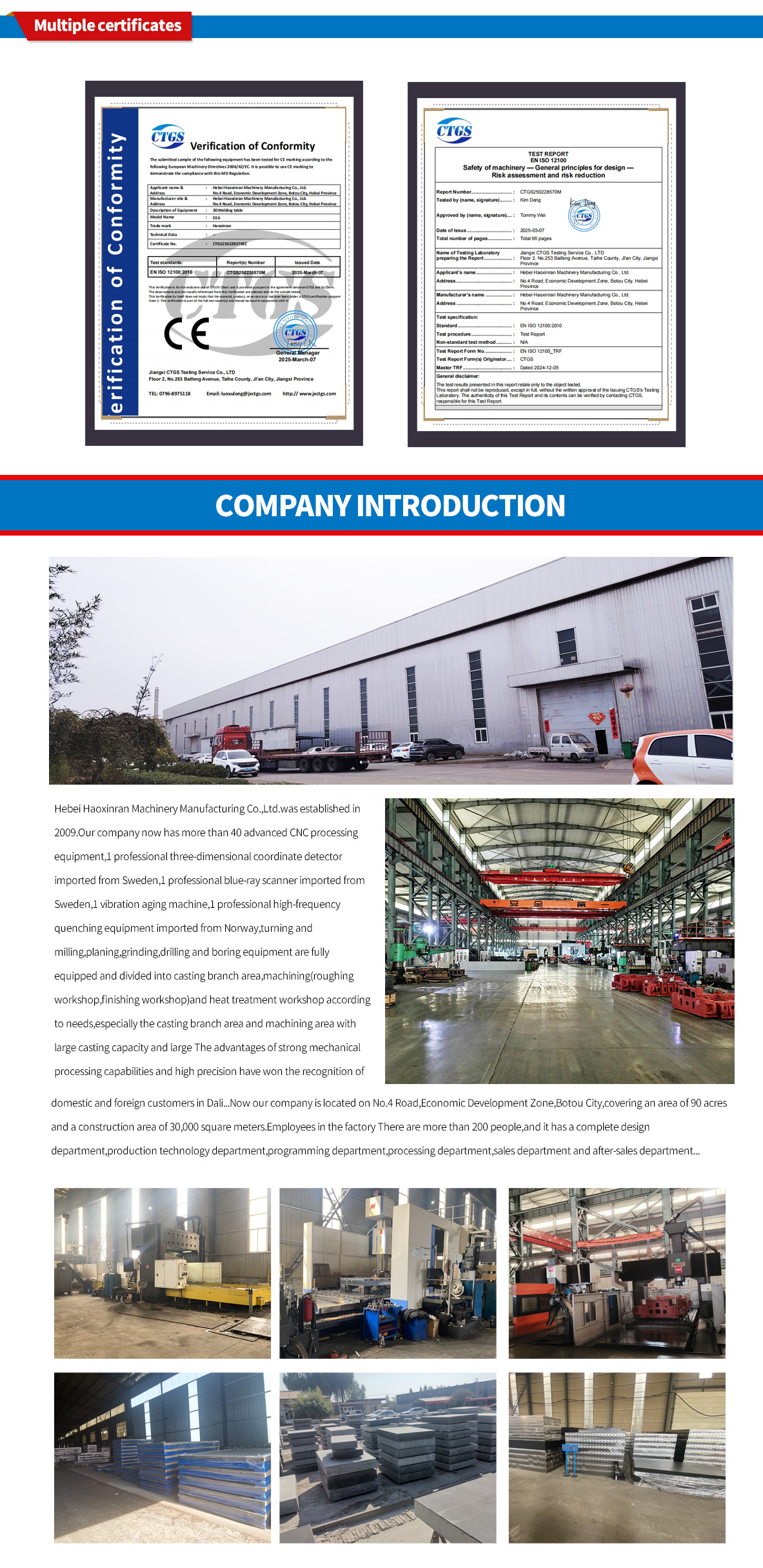
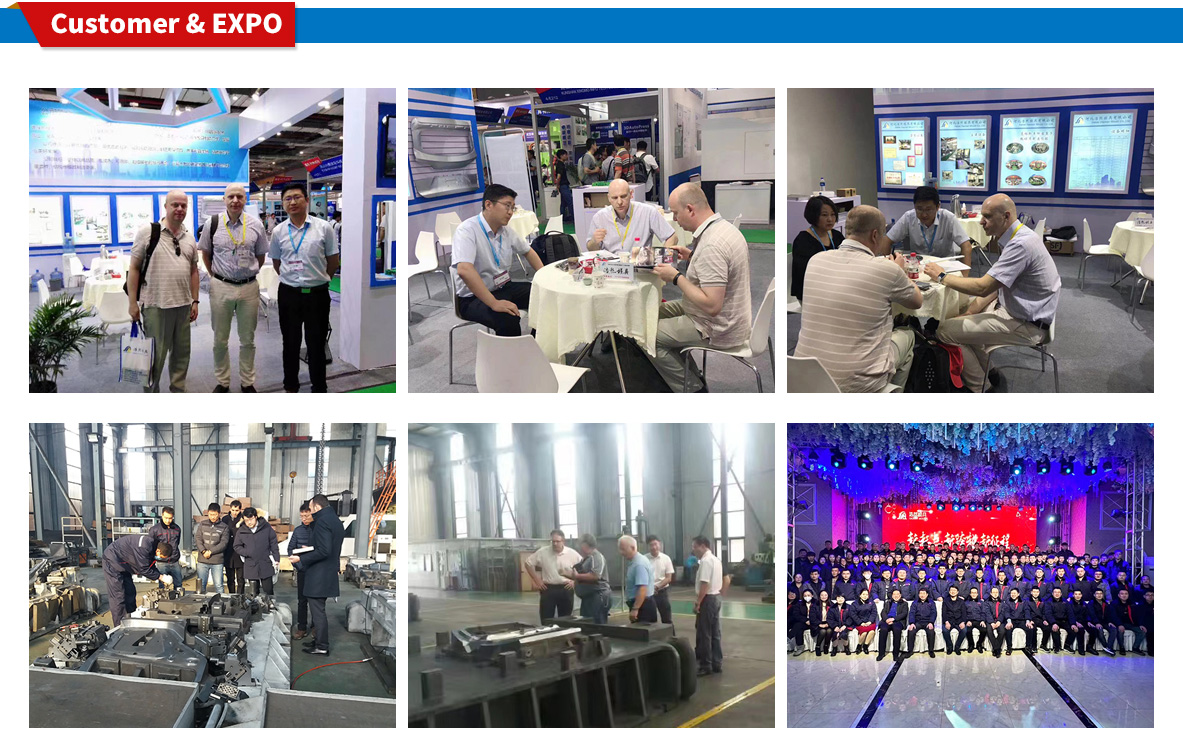
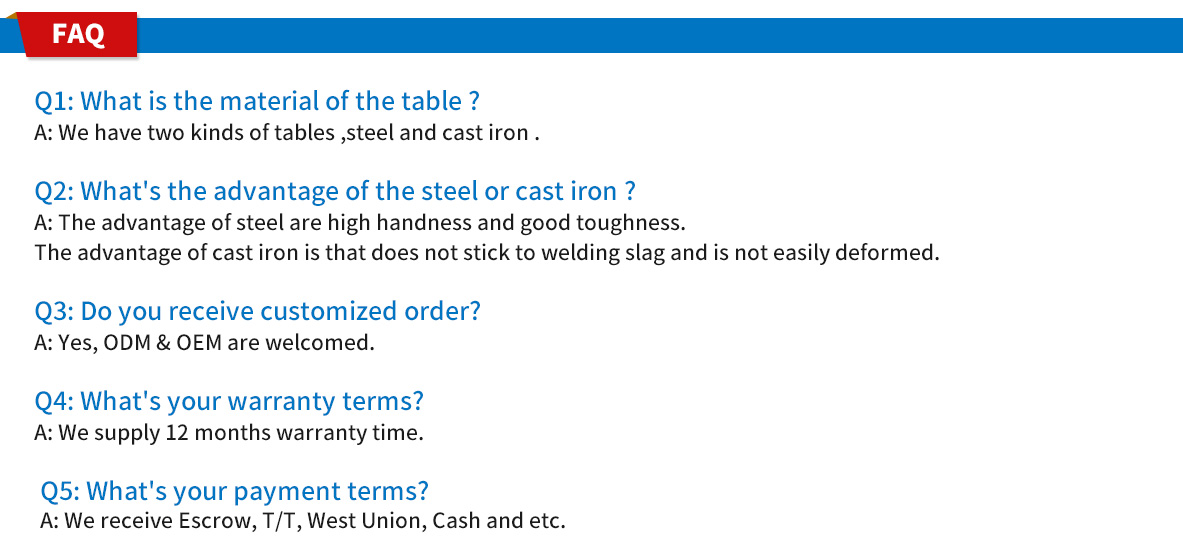
 HOT NEWS
HOT NEWS
-
How to Maintain Granite Platforms in Dusty Environments
2025-11-24 02:03:22
-
Modular Welding Tables: Boosting Accuracy and Efficiency in Fabrication
2025-11-21 12:25:54
-
Comprehensive Guide to Surface Treatment for Cast Iron Platforms
2025-11-18 12:25:34
-
Best Welding Table Options for Small Workshops
2025-11-15 10:33:25
-
Flexible Welding Tooling Solutions from China Manufacturer
2025-11-12 09:40:09
 CONTACT US
CONTACT US
—— E-mail:project@haoranmj.com
—— Whatsapp:+86 18932785670
—— Tel:+86 18932785670
—— Add:Across from Sanjing Distillery on Road 4, Botou Economic Development Zone, Cangzhou City, Hebei Province









